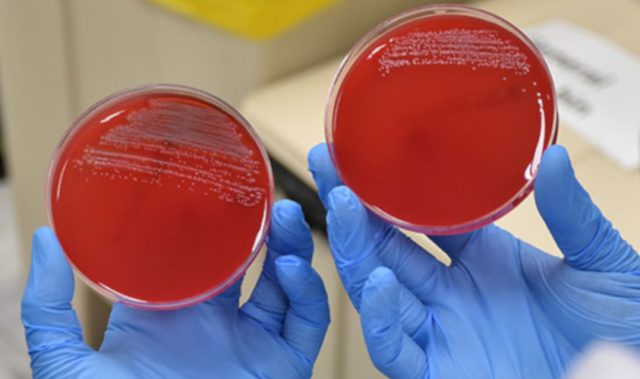
AsianScientist (Jul. 23, 2018) – A research group in Singapore has revealed that mature cells can be reprogrammed into re-deployable stem cells without direct genetic modification by confining them to a defined geometric space for an extended period of time. Their findings are published in the Proceedings of the National Academy of Sciences.
Stem cells are the blank slate from which all specialized cells in our bodies are derived, and they are the foundation for every organ and tissue in the body. It has been over a decade since scientists first showed that mature cells can be reprogrammed in the lab to become pluripotent stem cells that can develop into any cell type in the body.
In those early studies, researchers genetically modified mature cells by introducing external factors that reset the genomic programs of the cells, essentially turning back the clock and returning them to an undifferentiated or unspecialized state. The resultant lab-made cells, known as induced pluripotent stem cells (iPSCs) can then be programmed into different cell types for use in tissue repair, drug discovery and even to grow new organs for transplant. Importantly, these cells did not need to be harvested from embryos.
In the present study, researchers led by Professor G.V. Shivashankar of the Mechanobiology Institute at the National University of Singapore have devised a method to obtain iPSCs without genetically reprogramming them with external factors.
The researchers first confined fibroblast cells—a type of mature cell found in connective tissue such as tendons and ligaments—to rectangular areas in vitro. They found that the fibroblasts quickly assumed the shape of the substrate (the surface or medium that the cells are attached to). This indicated that the cells were measuring and responding to the physical properties of their environment, conveying this information to the nucleus where DNA packaging and genome programs would adapt accordingly.
The team grew the cells over ten days until spherical clusters of cells formed. Genetic analysis of the cells within these clusters revealed that specific characteristics of chromatin (the condensed form of packaged DNA) normally associated with mature fibroblasts were lost by the sixth day. By the tenth day, the cells expressed genes normally associated with embryonic stem cells and iPSCs. The researchers successfully differentiated the reprogrammed cells into neuron-like cells, thus confirming that the reprogrammed cells possessed stem cell-like properties.
“While it is well established that confining stem cells to defined geometric patterns and substrate properties can direct their differentiation into specialized cells, this study shows for the first time that mechanical cues can reset the genomic programs of mature cells and return them to a pluripotent state,” said Shivashankar.
“The use of geometric constraints to reprogram mature cells may better reflect the process occurring naturally within the body. More importantly, our findings allow researchers to generate stem cells from mature cells with high efficiency and without genetically modifying them,” he added.
The article can be found at: Roy et al. (2018) Laterally Confined Growth of Cells Induces Nuclear Reprogramming in the Absence of Exogenous Biochemical Factors.
———
Source: National University of Singapore.
Disclaimer: This article does not necessarily reflect the views of AsianScientist or its staff.












